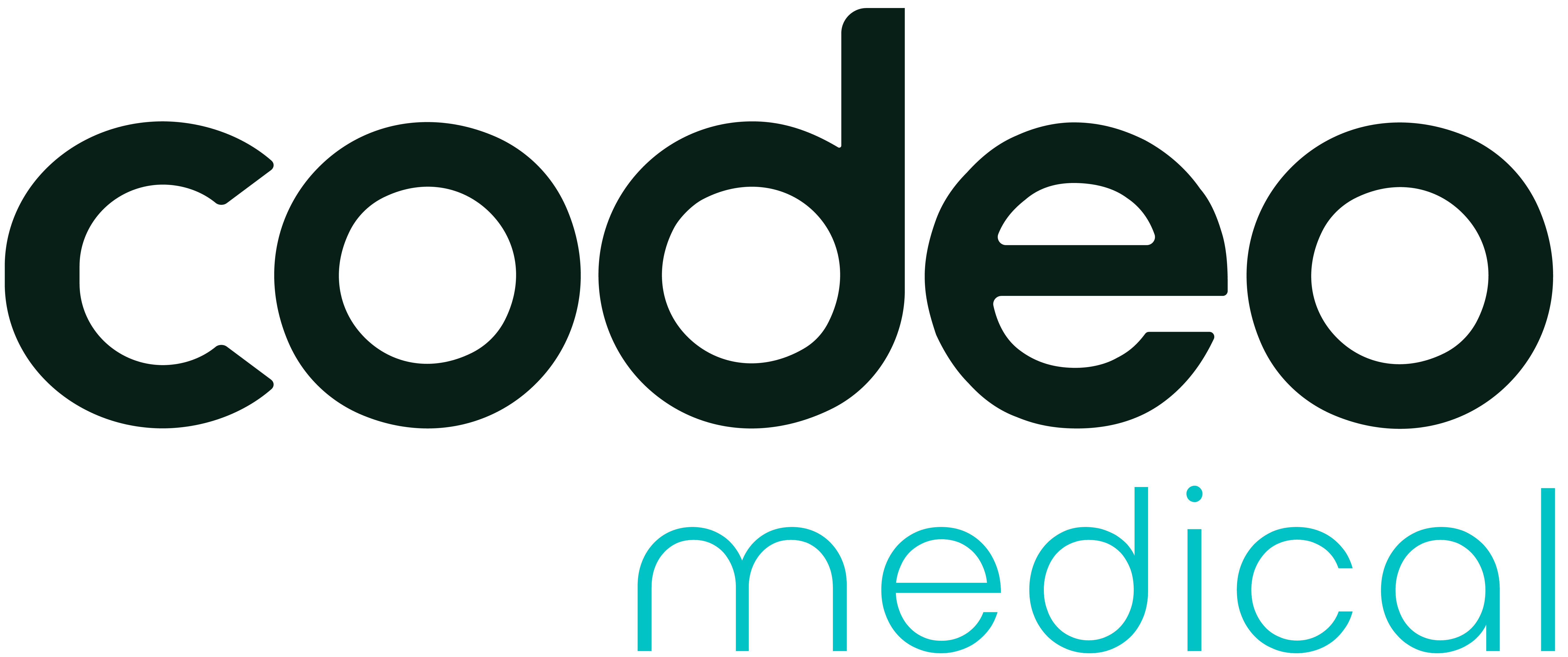The use of medical endoscopes and fibroscopes has become a common practice in the medical field, to visualize the internal structures of the body without resorting to invasive surgical procedures. Endoscopes provide doctors and surgeons with a valuable perspective to diagnose, treat and monitor various conditions. Among the different types of endoscopes available, flexible and rigid endoscopes are the most commonly used.
Differences between flexible and rigid endoscopes
The main difference between a flexible endoscope and a rigid endoscope is their flexibility and their ability to be inserted into the body.
The flexible endoscope
A flexible endoscope is composed of a flexible tube which can be bent and manipulated to navigate through the body's natural pathways. Its flexibility allows it to follow the curves and contours of the body, providing easier exploration of hard-to-reach areas.
The rigid endoscope
On the contrary, a rigid endoscope is made up of a straight and solid tube, that cannot be bent or folded. It is typically used when procedures require greater stability or precision. Rigid endoscopes are often used for procedures that require direct access to a specific area of the body, and can be inserted through surgical incisions or larger body orifices.
The choice between a flexible endoscope and a rigid endoscope will therefore depend on the type of procedure, of the targeted location And specific needs of the patient.
Advantages and disadvantages of each type
The advantages and disadvantages of the flexible endoscope
Flexible endoscopes are generally more comfortable for the patient because they are flexible (allowing easy navigation through the body's natural pathways and access to hard-to-reach areas), less invasive, and cause less pain. They also require less recovery time.
Also, the images captured by the flexible endoscope can be viewed in real time on a screen, allowing the doctor to guide the endoscope and identify abnormalities or lesions.
The flexibility of flexible endoscopes is both their strength and their weakness. The image quality is lower compared to rigid endoscopes, thus sometimes offering a less precise rendering.
They are also more delicate to handle and control: their use requires a training and a specific expertise.
Finally, they require rigorous maintenance and cleaning to avoid cross-infection. Their initial cost and maintenance costs are therefore higher than those of rigid endoscopes.
If you would like more information, go here: Maintenance of flexible endoscopes
The advantages and disadvantages of the rigid endoscope
Rigid endoscopes have the advantage of providing higher image resolution due to their more advanced imaging systems (such as high-definition cameras). They are often used in specialties such as neurosurgery, orthopedics, and laparoscopic surgery, where precise visualization is essential.
They also provide increased stability and precision during insertion and manipulation. This can be particularly beneficial in procedures requiring high precision (e.g. laparoscopic surgery or neurosurgery).
They are also easier to handle and can simplify certain complex procedures.
In contrast, compared to flexible endoscopes, rigid endoscopes typically require larger incisions or body openings. This sometimes means the need for general anesthesia, increased post-operative pain, scarring, and longer recovery times for patients.
Also, rigid endoscopes have a slightly higher risk of tissue damage or perforation compared to flexible endoscopes, especially if not handled carefully.
Obviously, the choice between a flexible and rigid endoscope, as well as the advantages and disadvantages of each, depends on the clinical context, the specific procedure, and the physician's preferences. The choice between a flexible and a rigid endoscope will depend on the patient's diagnostic or therapeutic needs, as well as medical recommendations.









